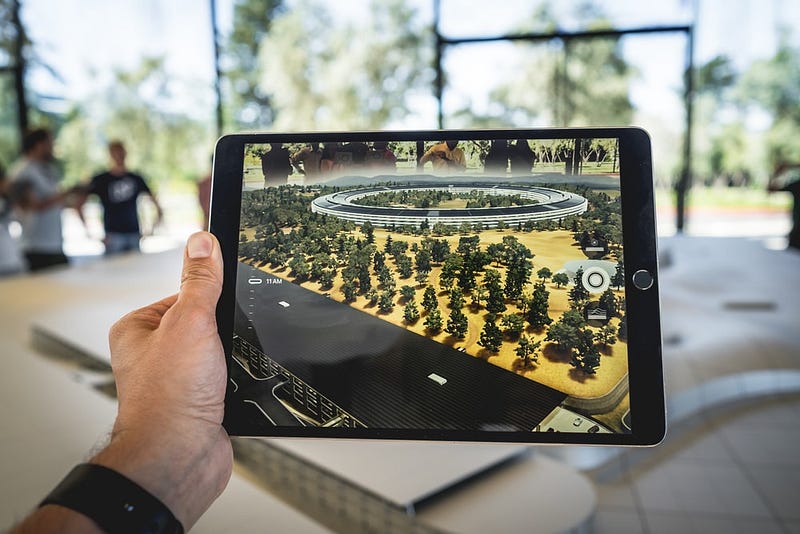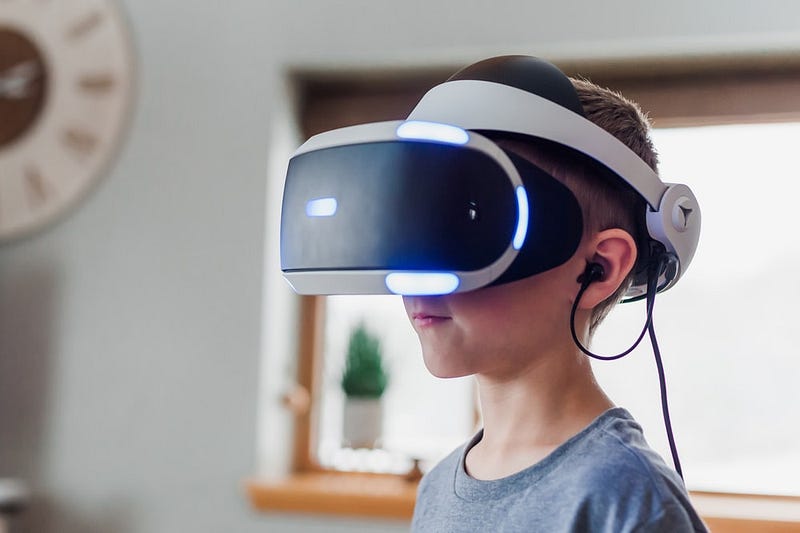Exploring the Distinction Between Augmented Reality and Virtual Reality
Written on
Introduction to AR and VR
Augmented Reality (AR) and Virtual Reality (VR) are transformative technologies that are increasingly becoming part of our daily lives, shaping the future of various industries. However, there is often confusion surrounding these two terms, with many individuals using them interchangeably. This article aims to clarify what each technology entails, how they differ, and which one might be more advantageous.
Here’s what we will cover:
- Definition of Augmented Reality (AR)
- Definition of Virtual Reality (VR)
- Key differences between AR and VR
- Which technology is superior?
What is Augmented Reality (AR)?
Augmented Reality (AR) enhances our perception of the real world by overlaying digital information on it. Unlike VR, which immerses the user in a fully virtual environment, AR aims to augment the real-world experience.
For instance, the popular mobile game Pokémon Go allows players to see Pokémon in real-world settings using their phone cameras. The user is physically present in a park, but digital elements like Pokémon and Pokéballs are visible through their smartphone screen.

How is AR Utilized?
AR has practical applications in various fields. In architecture and construction, it helps professionals visualize projects before they are built. Additionally, in large facilities like airports, AR technology can assist travelers by guiding them with augmented directions displayed on the ground.
When shopping, AR can help users visualize how furniture would look in their homes before making a purchase.
What is Virtual Reality (VR)?
Virtual Reality (VR) transports users into an entirely computer-generated environment, isolating them from the physical world. Using VR headsets like the Oculus Quest, users can experience immersive environments that offer a sense of presence in a different realm.

How is VR Utilized?
VR is particularly popular in gaming, providing first-person experiences that make players feel as if they are within the game. It also facilitates social interactions in virtual spaces, as seen in Meta's “Horizon Worlds,” where users can meet as 3D avatars.
Moreover, VR has proven effective in therapeutic settings, such as treating post-traumatic stress disorder (PTSD) by allowing individuals to confront distressing memories in a controlled environment.
Comparing AR and VR
The primary distinction lies in their interaction with reality. AR enhances the real world, while VR replaces it completely. Users can experience AR through smartphones or tablets without the need for specialized hardware, making it more accessible.

In contrast, VR requires a headset, which can be cost-prohibitive. For example, the Meta’s Oculus Quest 2 is priced at around $299, while Microsoft’s HoloLens 2, a leading AR headset, can cost up to $3,500.
Utilization Scenarios
Consider a scenario where you need to organize items in a vast warehouse. An AR application could project arrows onto your field of view, guiding you to the correct locations. Conversely, if you want to create a virtual meeting space, VR would be the ideal choice since it builds a new environment rather than augmenting the existing one.
The Cost Factor
Accessibility is another point of comparison. AR is generally easier to experience; you can download an AR app like IKEA Place on your smartphone for free. In contrast, VR technology often requires expensive equipment, which can limit its accessibility for some users.
Conclusion
As interest in AR and VR continues to rise, the lines between these two technologies may blur even further. This article has aimed to clarify their differences and potential applications in various contexts. Thank you for reading, and I hope this information proves useful as you explore the evolving world of augmented and virtual reality.
This video provides insights into the distinctions between Augmented Reality (AR) and Virtual Reality (VR).
In this video, learn more about the differences between AR and VR, exploring their unique characteristics and use cases.